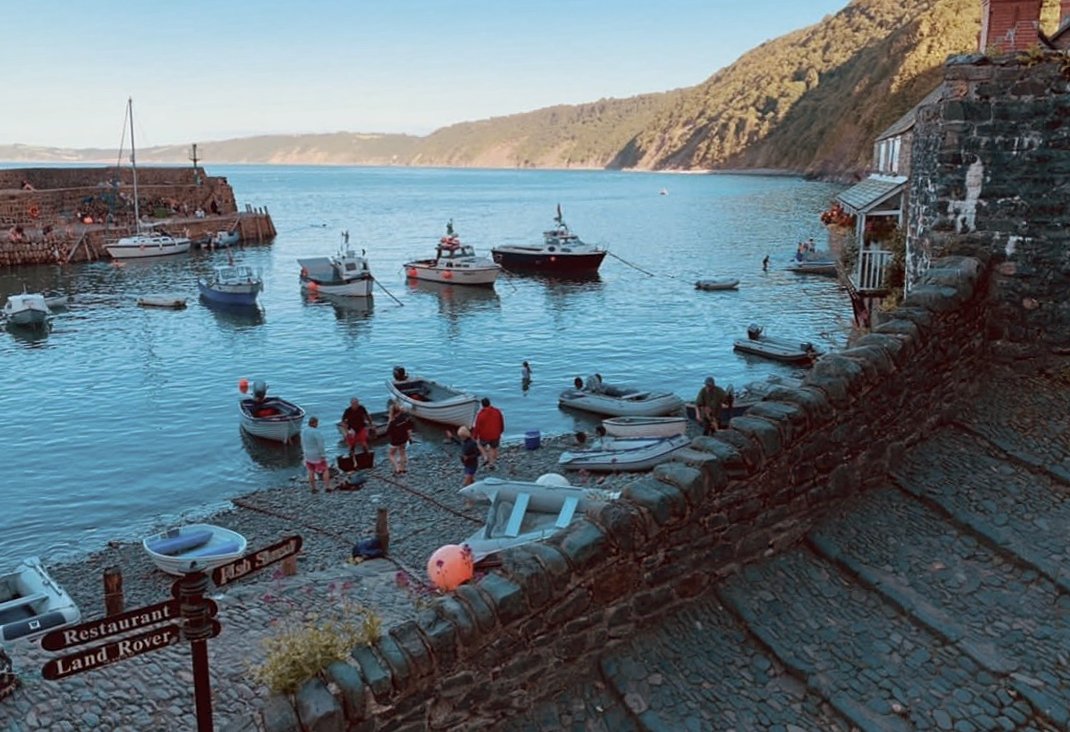Visiting Clovelly
Clovelly is a beautiful, picturesque fishing village, steeped in maritime atmosphere and history. It was once owned by the Queen of England!
Book TicketsClovelly is a beautiful, picturesque fishing village, steeped in maritime atmosphere and history. It was once owned by the Queen of England!
Book TicketsThe Red Lion Hotel is an 18th Century 4-star Inn that stands on the quay alongside Clovelly’s ancient harbour in North Devon. Each of its 17 beautifully decorated rooms boast a sea view.
To wake up to the sights and sounds of Clovelly’s ancient fishing harbour and the sounds of the sea at the Red Lion Hotel is a unique and unforgettable experience.
The Red Lion
Clovelly Court Gardens are a must see whilst visiting the famous village. Plants thrive in this sheltered sunny corner of North Devon, which has the added benefit of the warmth the Gulf Stream brings.
You’ll find neat, carefully tended gardens and beautifully restored Victorian greenhouses within its old walls. The incredible variety of fruits & vegetables grown here supply the Red Lion Hotel. You can even take some home with you!
Clovelly Court Gardens
Check out our shops, galleries and museums. Try your hand at our arts & crafts workshops, charter a boat for a fishing trip or take a stroll along the beautiful cliffs, beaches and through the village. The choice is yours in Clovelly!
Things To Do
Originally the estate was owned by William the Conqueror, King of England, gifted to his wife and then had many royal associations until 1242 when first acquired by the Giffard family. Until the middle of the 19th century Clovelly was unknown to the outside world. It was partly as a result of Charles Kingsley’s ‘Westward Ho!’, set in and around the village, that visitors began to come.
History of Clovelly

Standing in the grounds of Clovelly Court, and bounded by Clovelly Court’s walled garden, is the attractive Norman church of All Saints. The church was begun in the 12th century on the site of an earlier timber building. The Norman church was a simple cruciform building, consisting of a nave, chancel, and transepts. As the population of Clovelly grew, more space was needed, and in the 14th century a north aisle was added.






This weekend, enjoy the sounds of live local bands on the harbour.
Friday 26th July | Joy Machine – 6pm onwards
Saturday 27th July | Three Pint Rule – 7pm onwards